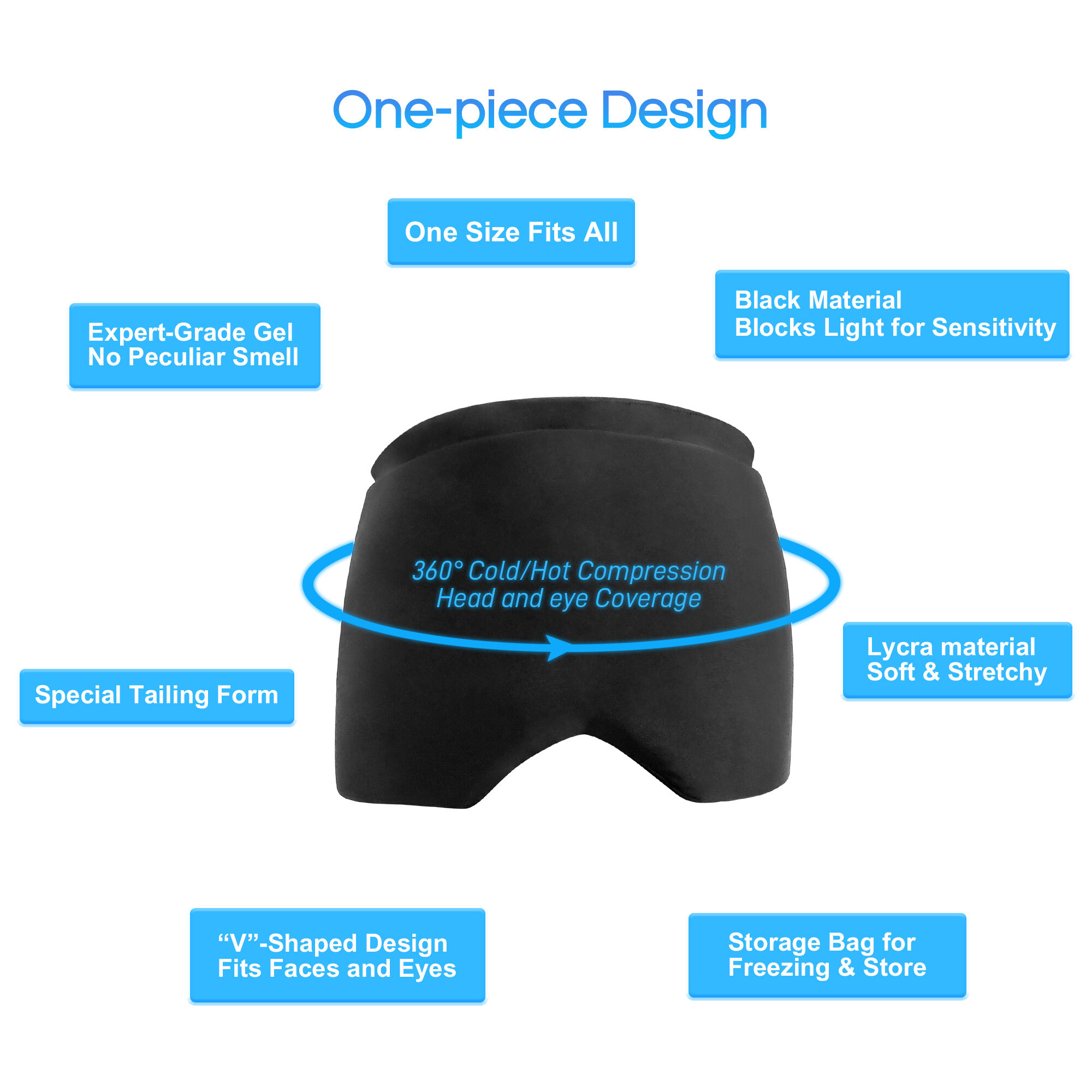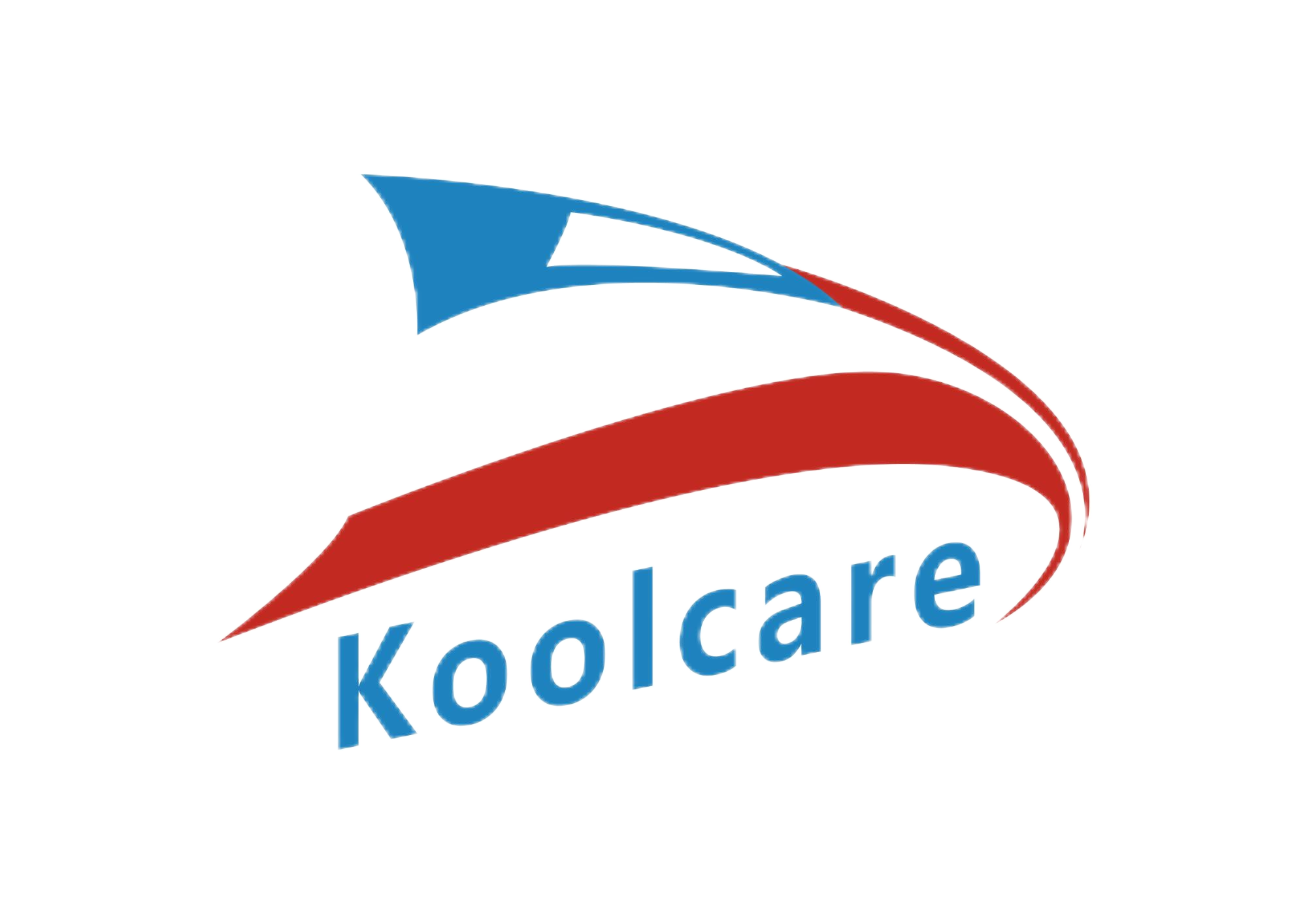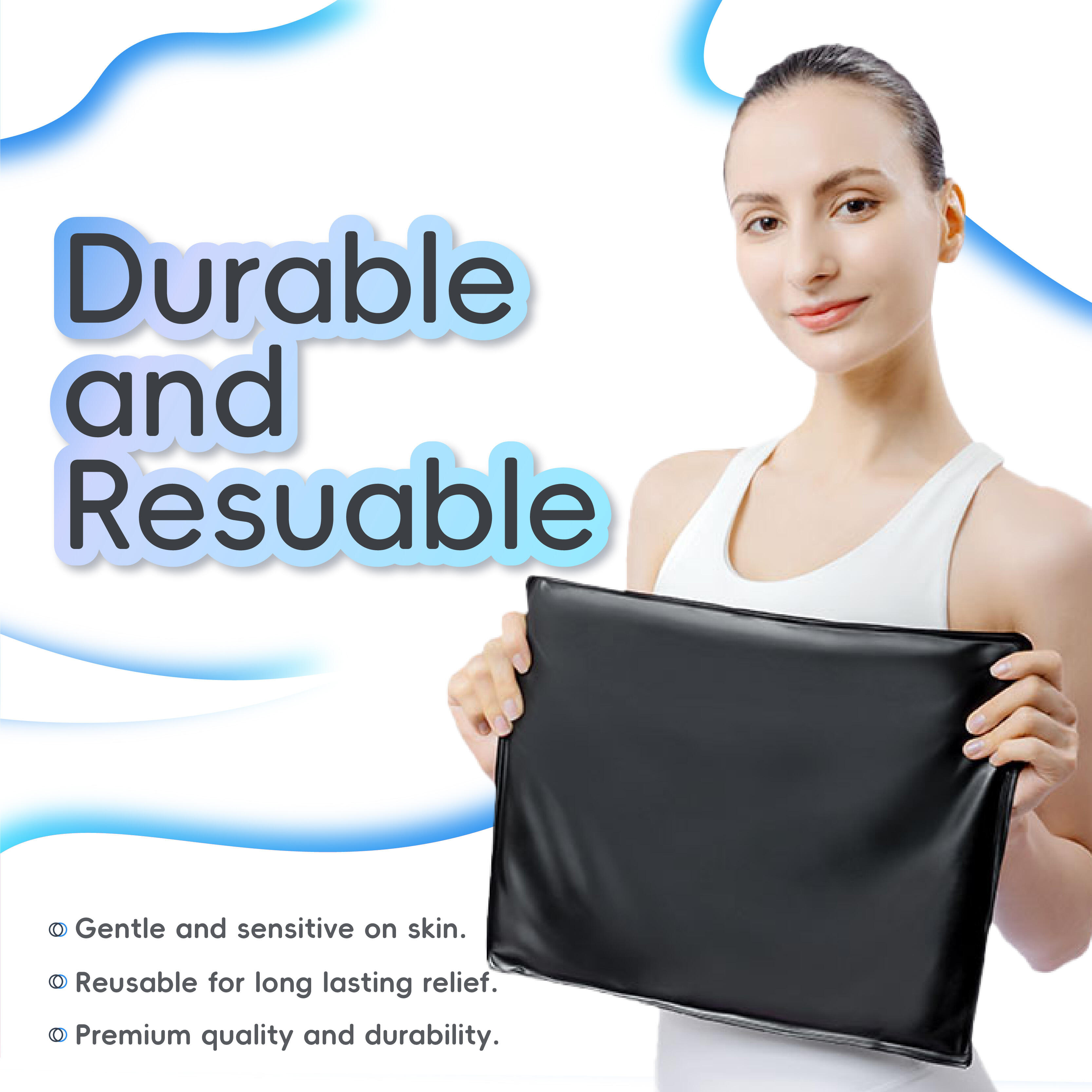Grunnleggende Prinsipper for Varme- og Kuldebehandling med en Varmekoldepakke
Varme- og kuldebehandling virker på unike måter for å lindre smerte og fremskynde gjenopplevelse. Når varme påføres, åpnes blodårene og sirkulasjonen øker, noe som tillater oksygen å nå og lette stive muskler og leddgikt i leddene. Kuldebehandling derimot trekker sammen årene, noe som begrenser smerte og betennelse ved akutte skader som forstuvninger. En varmekoldepakke tilbyr en praktisk løsning ved å kombinere begge behandlingsmetodene i en enkelt, allsidig enhet, noe som muliggjør enkel og effektiv kontrastbehandling.
Kontrastbadebehandling gir klinisk dokumentasjon på at veksling mellom temperaturer øker blodstrømmen med 32 % sammenlignet med statisk påføring, og dermed hjelper til å fjerne avfallsstoffer og levere oksygen til skadet vev. Slike varme- og kaldeposer oppnår dette ved å bruke fasematerialer som holder temperaturen lenger enn alternativer som isposer eller varmepuder, og som dermed maksimerer behandlingseffekten.
Nøvendige prinsipper:
- Varme : Avslapper muskelfibre, forbedrer bevegelsesfrihet (15–20 minutters økter ved 40–45 °C)
- Kalde : Bedøver nerveender, begrenser hevelse (10–15 minutters intervaller under 15 °C)
- Vekslende sykluser : Start med kaldt for å redusere betennelse, overgang til varme for vevregenerering.
Denne dobbelte tilnærmingen tar tak i smerte i flere fysiologiske stadier og gjør varme- og kaldeposer til en sentral del av ikke-invasive smertehåndteringsprotokoller.
Hovedfordeler ved overgang til varme- og kaldepose
Økt komfort for vekslende varme- og kaldebehandling
En varmekoldepakke betyr slutten på jakten etter separate varme- og kjøle- og termiske enheter under hver sesjon med kontrastterapi. Dette enhetlige modellen reduserer dramatisk tiden når det er mest kritisk, under akutte etter-skadebehandlinger eller ved behandling av kronisk smerte hvor sekunder kan gjøre en stor forskjell. Forskning viser at regelmessige temperaturinverteringsterapier helbreder kroppen opptil 23 % raskere enn slike terapier som blir avbrutt.
Kostnadseffektivitet sammenlignet med separate sett
Termisk terapi-utstyr som kombinerer to funksjoner skaper synlig kostnadsbesparelse. Bundlinje: Brukere kjøper ikke lenger isbølger, mikrobølgevarmeplasser og spesialbind og sparer i stedet ~40 % fra starten av. Holdbarhet sparer penger - Høykvalitets gel-formuleringer er utviklet for å forhindre at de sprekker og lekker over 500+ frys-tine-sykluser som billigere kjølere gjør. Denne holdbarheten gjør det 7 ganger mer kostnadseffektivt over fem år sammenlignet med å kjøre separate systemer.
Forbedret behandlingsfølge og mangfoldighet
Pasienter har 68 % høyere følge evne til behandlingsplanen din med en all-i-en varme-kalde pakke. Enkel bytte mellom varme-tilslapning for muskelavslapning og kalde-tilslapning for betennelseskontroll sikrer at produktet brukes til riktig terapi. Medisinske fagfolk understreker ofte dets mangfoldighet, ettersom denne behandlingen passer til en rekke skader – fra ankelforlengelser til kronisk stive rygg – uten tilleggsutstyr eller kompliserte ordninger.
Redusert lagringskompleksitet for HJEM Bruk
Dobbelterapi gir målrettet kalde- eller varmeterapi med en enkel vridning av gel pakken. Plassparende modeller erstatter dager med rotete tråder og glassfylte kjøkken. Denne effektiviteten er spesielt fordelaktig i mindre hjem, der en mer strømlinjeformet organisering av medisinsk husholdningskasse kan gjøre en forskjell for daglig bruk.
Kritiske situasjoner som favoriserer bruk av varme-kalde pakke
Varmekulderposer viser seg å være avgjørende verktøy når behandlingen krever både vasodilatasjon og vasoconstricering innenfor samme terapisøk. Disse dobbelvirkende enhetene møter komplekse fysiologiske responser som ikke kan etterlignes effektivt av varme- eller kuldeposer alene.

Behandling av kronisk smerte gjennom kontrastterapi-sykluser
Kroniske smertetilstander som fibromyalgi får nytte av 20-minutters kontrastterapi-sykluser (3 minutter varmt/1 minutt kaldt), som forstyrrer smertesignalveier gjennom gjentatt vaskulær stimulering. En studie fra 2023 viste 42 % større forbedring av smerteterskel sammenlignet med monoterapi hos pasienter med nevropatisk smerte.
Post-akutte skade rehabiliteringsfaser
Under den subakutte skadefasen (72+ timer etter traumer) muliggjør varmekuldeposer en trinnvis vevsreparasjon ved først å øke blodstrømmen med varme (for kollagenremodellering), etterfulgt av kalde applikasjoner for å hindre øvelsesindusert inflammasjon under mobiliseringsøvelser.
Protokoller for reduksjon av muskelstivhet og forbedring av mobilitet
Ved posturale stivhet eller postoperativ immobilitet hjelper veksling mellom 10 minutters varmebehandling (som forbedrer fasiens gli 38 %) og kuldeanvendelse på å opprettholde leddbevegelighet samtidig som man unngår tilbakevirkende muskelbeskyttelse som ofte skjer ved vedvarende bruk av varme.
Dataanalyse: 72 % raskere restitusjon ved ankelskader
Analyse av 350 laterale ankelskader viste 72 % raskere tilbakevenden til idrett når man brukte kontrastterapi sammenlignet med kun is-behandling (9,2 versus 15,8 dager i gjennomsnitt). De nordamerikanske rehabiliteringsretninglinjene gir kontrasttemperaturer æren for å hjelpe å opprettholde optimal ødemkontroll i proliferasjonsfasen av heling.
Begrensninger hvor separate varme- og kuldepakker yter bedre enn kombinasjonspakker
Behov for stabil temperatur over lang varighet
Enkeltformål-kaldepakker holder kalde lenger enn dobbeltformål-alternativer. Kjøleformel i pakker med kun kjøling bruker fasetransformasjonsteknologi for å sikre kulde uten behov for is, og holder temperaturen ved hjelp av latent varmeopptak under overgangen mellom fast og væskeform. Det er bedre enn varm-kaldpakker som ofrer termisk effektivitet for å få to-funksjons-pakker med større komfort. For kryoterapi over 45 minutter – vanlig ved behandling av alvorlig betennelse – gir spesialpakker opp til 40 % lavere svingninger i vevstemperatur.
Samtidig anvendelse på flere steder kreves
Flere leddskader krever også ofte behandling på to steder samtidig – en svakhet ved enkelte varme- og kaldeposer. Muligheten til å behandle visse skader samtidig på begge sider av kroppen gjør disse enhetene unike, og gjør dem ideelle for målrettede anvendelser som for eksempel artrose eller symmetriske muskelstrekk. Utøvere etter trening kan også nyte fordelene ved å bruke is på slitne lårsmuskler mens de behandler stramme lendeområder med varme. Dette reduserer tapt tid under overgangsfaser og øker behandlingseffektiviteten.
Praktiske bruksretningslinjer for varme- og kaldeposer
Sikkerhetsprotokoller for anvendelse av varme og kulde
For å kjøle ned din varm/kald-pakke og minimere risikoen for termiske forbrenninger, følg grunnleggende sikkerhetstips. Det er viktig å ha en beskyttende klut mellom huden og pakken for å forhindre risikoen for frostskader eller forbrenninger. Når du bruker kompresjon, må du følge produsentens anvisninger, både varme og kalde kan føre til forbrenninger hvis anvisningene ikke følges. Ikke bruk på åpne sår og områder med føleløshet uten rådgivning fra lege. For barn og eldre, halver varigheten av sesjonene for å sikre at hudfølsomheten ikke blir overbelastet.
Anbefalinger for varighet og frekvens etter smertetype
Optimal bruk av varm/kald-pakker varierer betydelig avhengig av smertetilstand:
| Smerteklassifisering | Terapiform | Frekvens | Sesjonsvarighet |
|---|---|---|---|
| Akutte skader (første 48 timer) | Kalde | Hvert 2. time | ¼20 minutter |
| Kronisk muskelsmerter | Varme | To ganger daglig | 20 Minutter |
| Stivhet etter trening | Kalde | Umiddelbart etter trening | 15 minutter |
Bruk av vekslende varme/kuldebehandling bør bare gjennomføres etter at inflammasjonsfasen har avsluttet. Konsekvens i behandlingsintervallene er viktigere enn lengre enkeltøkter for vevhelbredelsens fremgang.
Trinnvis teknikk for vekslende behandling mot inflammasjon
Start med den kalde siden av varm/kald-pakken (10–15 minutter) for å lukke blodårene, redusere hevelse og dempe smerte og/eller numme nerver. Deretter følger varmefasen (10–15 minutter) umiddelbart etter for å forbedre sirkulasjonen, levere oksygen til vevet og berolige musklene. Avslutt alltid hver behandlingsøkt med kulde for å unngå tilbakevirkende irritasjon. Gjenta denne sekvensen 2–3 ganger/dag ved akutte skader (spreller, strekk).
Paradoks i bransjen: Debatt om optimal tidspunkt for temperaturveksling
Enighet om den enkeltes optimale tidsvarighet mellom varme-til-kald og deretter kald-til-varme overganger etter fysisk aktivitet er fraværende, til tross for fysiologisk støtte. Konvensjonelle protokoller anbefaler intervaller på 10 sekunder for å forbedre den vaskulære pumpevirkningen, mens nyere forskning foreslår å skifte direkte for å avbryte nevrologiske signaler ved behandling av kronisk smerte. Dette motstridige rådet reflekterer et grunnleggende problem – varme- og kaldeposer er utformet for rask temperaturforandring, mens optimal klinisk praksis ennå ikke er validert. Inntil ytterligere biomekanisk testing løser denne uoverensstemmelsen, bør tidsmodulering justeres etter den enkeltes toleranse og grad av hevelse.
| Fabrikk | Tradisjonelt protokoll | Nye retningslinjer | Fysiologisk begrunnelse |
|---|---|---|---|
| Varme-til-kald overgang | 10-sekunders intervall | Umiddelbar | Forhindrer overdreven vasodilatasjon |
| Kald-til-varme overgang | 5–10-sekunders intervall | Umiddelbar | Utløser rask vasodilatasjon for avgiftning |
| Avslutningsfase | Kalde | Tilstandsspesifikk | Kald minimerer tilbakevendende betennelse |
Nøvektig vurdering idrettsutøvere rapporterer 40 % raskere smertelindring med tilpasset tidtaking i rehabilitering etter ankelskade.
Ofte stilte spørsmål
Hva brukes en varm/kald pakk til?
En varm/kald pakk brukes til å påføre varme- eller kaldterapi for å lindre smerte og fremme gjenoppretting ved ulike skader eller smertetilstander.
Hvordan fungerer en varm/kald pakk?
Den veksler mellom varme for å øke blodstrømmen og avslapning, og kaldt for å numme nerver og redusere hevelse.
Når bør jeg bruke varme fremfor kaldt med en varm/kald pakk?
Bruk kaldt først for å redusere betennelse, og bytt deretter til varme for å forbedre sirkulasjon og gjenoppretting.
Er det trygt å bruke en varm/kald-pose på barn eller eldre?
Ja, men tidsperiodene bør halveres for å hindre overdreven følsomhet i huden.
Innholdsfortegnelse
- Grunnleggende Prinsipper for Varme- og Kuldebehandling med en Varmekoldepakke
- Hovedfordeler ved overgang til varme- og kaldepose
- Kritiske situasjoner som favoriserer bruk av varme-kalde pakke
- Begrensninger hvor separate varme- og kuldepakker yter bedre enn kombinasjonspakker
- Praktiske bruksretningslinjer for varme- og kaldeposer
- Ofte stilte spørsmål

